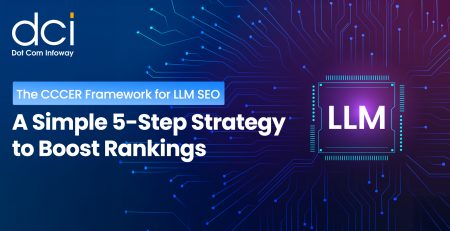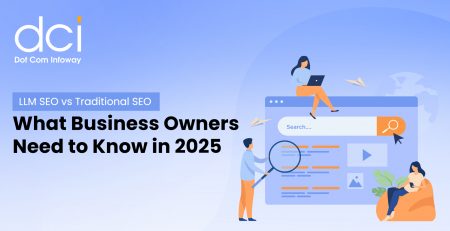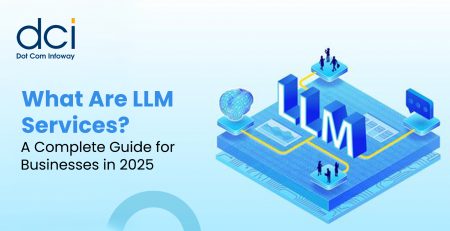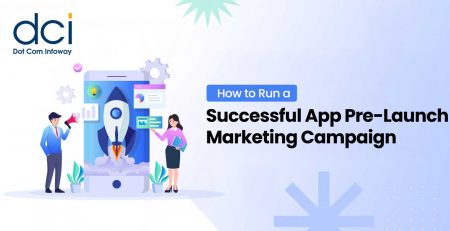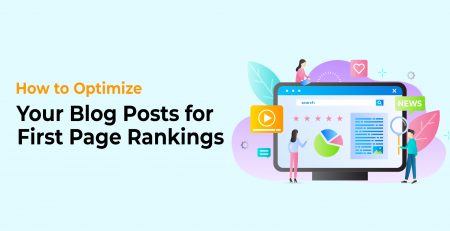Infographic On Account-Based Marketing [ABM]
Increasingly getting wary of randomly targeting market segments with unpredictable results? Then you need to embrace account-based marketing.
ABM is a strategy in which you direct your marketing resources to engage a specific set of individuals or accounts. Instead of casting a wide net based on guesswork and oblique personas, ABM helps you identify key prospects so that you can carry out highly targeted and focused marketing campaigns for them.
The general perception is that ABM is good for B2B companies, but even for B2C businesses, ABM can work wonders provided targeting is strategic and research based. The availability of big data allows you to create highly specific segments and then customize your marketing accordingly.
The growth in the ABM sector over the recent years has been quite exceptional with 60% mainstream companies using ABM and 10% within the last 12 months, among those surveyed. 87% marketers claim that in terms of ROI, ABM outperforms every other marketing investment.
Here at Dot Com Infoway we have been providing account-based marketing services to a wide range of clients from mobile app developers to SaaS providers to fintech companies to Blockchain developers to the education sector, just to name a few. Through our precision data analytics, research and a command over technology and digital marketing, we can help you formulate and implement an ROI-rich account-based marketing strategy.
Below we have created an infographic rich with data and insights on account-based marketing. Our team of researchers, digital marketers and graphic designers have created this infographic not just to help you understand the concept better, but also create a wider awareness so that more businesses can benefit from this form of marketing.

Account-based marketing concentrates on direct marketing to businesses, individuals and organizations based on defined criteria.
- 84% of the marketers surveyed expressed that ABM provided significant benefits to retaining and expanding client relationships.
- 60% of companies used ABM to increase their revenue by at least 10% within 12 months.
- The global account-based marketing market size was USD 534.8 million in 2017. It is projected to reach USD 1,196.9 million by 2023, growing at a Compound Annual Growth Rate (CAGR) of 12.9% during the forecast period.
- Emails with ABM have 37% higher open rates compared to non-ABM emails.
- According to Engagio’s recent report, 65% of companies rely on a mix of traditional demand gen and ABM programs to sell to their markets.
Account-Based Marketing Market By Account Type
- Strategic account-based marketing
- Account-based marketing Lite
- Programmatic account-based marketing
Account-Based Marketing Market By Industry
- Media, Telecommunications, and IT
- BFSI
- Retail, and eCommerce
- Healthcare and Life Sciences
- Automotive and Manufacturing
- Government and Public Sector
- Others (Education, and Construction and Engineering)
Difference Between Account-Based Marketing and Inbound Marketing
| INBOUND | ABM | |
| Focus | Market | Accounts |
| Measure of success | Quantity of leads | Quantity of target accounts |
| Objective | New business | Land and expand |
| Research tool | Buyer persona | Ideal customer profile |
Benefits of ABM
With ABM, 1 in 5 marketers says that their biggest challenge is getting buy-in from the top management.
- ABM is highly targeted
- ABM focuses on accounts, not markets or industries
- ABM targets both prospects and customers
- Identifies a list of targeted accounts
- Requires research on each account
Other than that it also provides,
- Strong alignment between sales and marketing
- Efficiency and optimization
- Better customer experience
- Higher rate of return
- 84% say ABM provided substantial benefits to client retention
- 65% say ABM helped significantly with client acquisition
- Research by ITSMA found that 87% of marketers that measure ROI say that ABM outperforms every other marketing investment
Process of ABM
- Develop prospect-specific offers
- Develop “sales” offers designed to get a meeting
- Use retargeting to keep your brand in front of the accounts
- Personalize the account’s experience on your website
- Create sales territories designed to convert
- Test direct mail with executives
- Use social intelligence to understand what matters to prospects
- Build a list of legitimate, role-based contacts
- Purchase white paper and webinar leads for target accounts
- Create a one-to-one C-level campaign
- Discover connections to target accounts via employees who aren’t in sales

